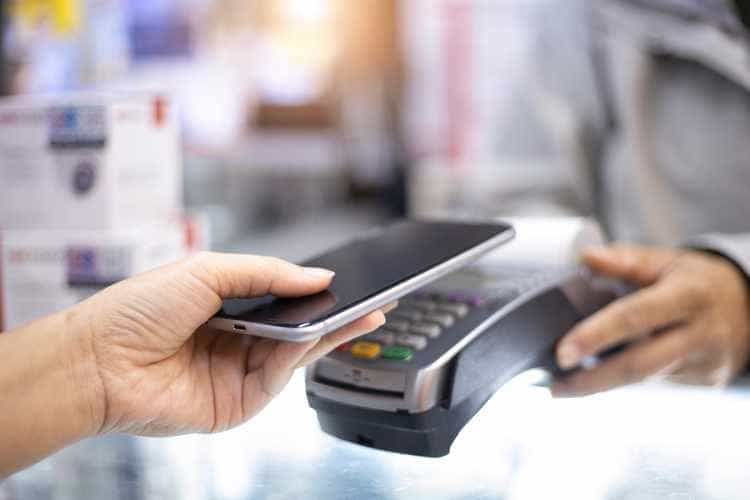Financial inclusion is a requisite factor for the businesses as well as the government. Over the years, it has become a more prominent component for the government strategies. Microfinance legislation has also significantly increased financial inclusion across sectors of the society. Microfinance is a key strategy for encouraging low-income groups to engage in economic activity. It helps to lower unemployment, improve the incomes of the poorest households, and has a beneficial effect on boosting the amount of investment and employment in the national economy when individuals and owners of microenterprises have access to numerous financing options.

Expansion of the industry
In the year of 2014, a new microfinance legislation was introduced which completely restructured the Egypt’s tiny microfinance sector. This allowed commercial microfinance institutions to enter the market for the first time in Egypt. The free flow of the Egyptian Pound in November 2016 drastically changed the microfinance market’s needs, as it did for all banking industry segments. Demand for microfinance programmes has increased significantly as a result of the currency flotation, especially among small and medium-sized businesses.
The Financial Regulator Authority of Egypt was given control over the section, with the exception of the Social Fund for Development’s operations and bank microfinance initiatives. Since the law’s regulation, market players have been required to adhere to best practices in a variety of areas, including debtor rights, creditworthiness checks, transparency, client debt burden, and advertising standards. This event was hailed as a significant advancement for the country’s microfinance sector. In the time since the 2014 regulatory framework was implemented, microfinance activity has exploded because of the certainty it gave. By 2017, the FRA had authorised 750 NGO microfinance institutions in addition to three commercial microfinance firms (MFIs).

The Financial Regulatory Authority recently revealed that the amount of microfinance in the Egyptian market was approximately EGP 22.53 billion in the second quarter (Q2) of 2021. The Authority reports that there were around 5524 beneficiaries of the nano-finance activity, which is offered through microfinance businesses, with a financing value of EGP 1.049m in Q1 of 2021. The nano-finance product is designed to meet the needs of those who use financial services the most. It provides a maximum of EGP 3,000 per person and a maximum repayment period of 90 days. The commercial sector made up 42.71 percent of the balances of nano loans, followed by the production activity (32.55), the commercial activity (24.3), and the agricultural activity (0.53%), according to the authorities.

Factors that contribute to the market
Several companies or firms have gradually contributed to the microfinance industry, making it reach a significant level. One such example is TamWeely Microfinance. According to the Financial Regulatory Authority, the firm TamWeely Microfinance secured the eighth place among all the firms with funds of EGP 858.975m and a market share of 4.09%. The firm is a non-banking company that was formed to support the Egyptian economy and people’s way of life by providing financial inclusion for the micro-and small-business sector. Tamweely Microfinance takes meaningful action towards the reduction of Egyptian poverty and the expansion of sustainable employment possibilities. The introduction of complete and in-depth solutions in the form of market-specific financial services, hybrid distribution channels, targeted alliances, and more, allows for the strategic implementation of these initiatives. Tamweely Microfinance’s goal is to improve people’s quality of life by financially supporting their own independent businesses. This is accomplished by combining a sense of social responsibility, the desire to play a significant role in the economy, and the insistence on promoting the mechanism for job creation in Egyptian society. The establishment of a supportive environment where youngsters can invent, establish, and grow their own prospects is finally ensured by TamWeely microfinance services.

Recently, the company released strong financial results for its 2020 fiscal year (FY), which ended on December 31. The increase in revenue, as well as the growth of clients and branches, contributed to the outcomes. The firm has also won an award, “Best Microfinance Company Egypt 2022” from the International Business Magazine for its large contributions to the microfinance industry. The firm aims to close the financial gap between the banked and the unbanked, end poverty, and give communities the tools they need to prosper in accordance with Egypt’s Vision 2030 and the Sustainable Development Goals (SDGs) that are set by that vision. It achieves this by employing a cutting-edge and technologically advanced methodology to provide customised solutions that support the growth, development, and sustainability of small company owners across the country.
Blog By Tasleem Majumder

















